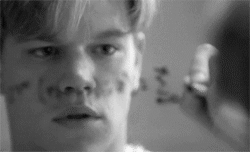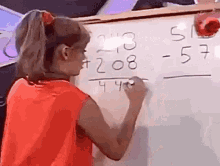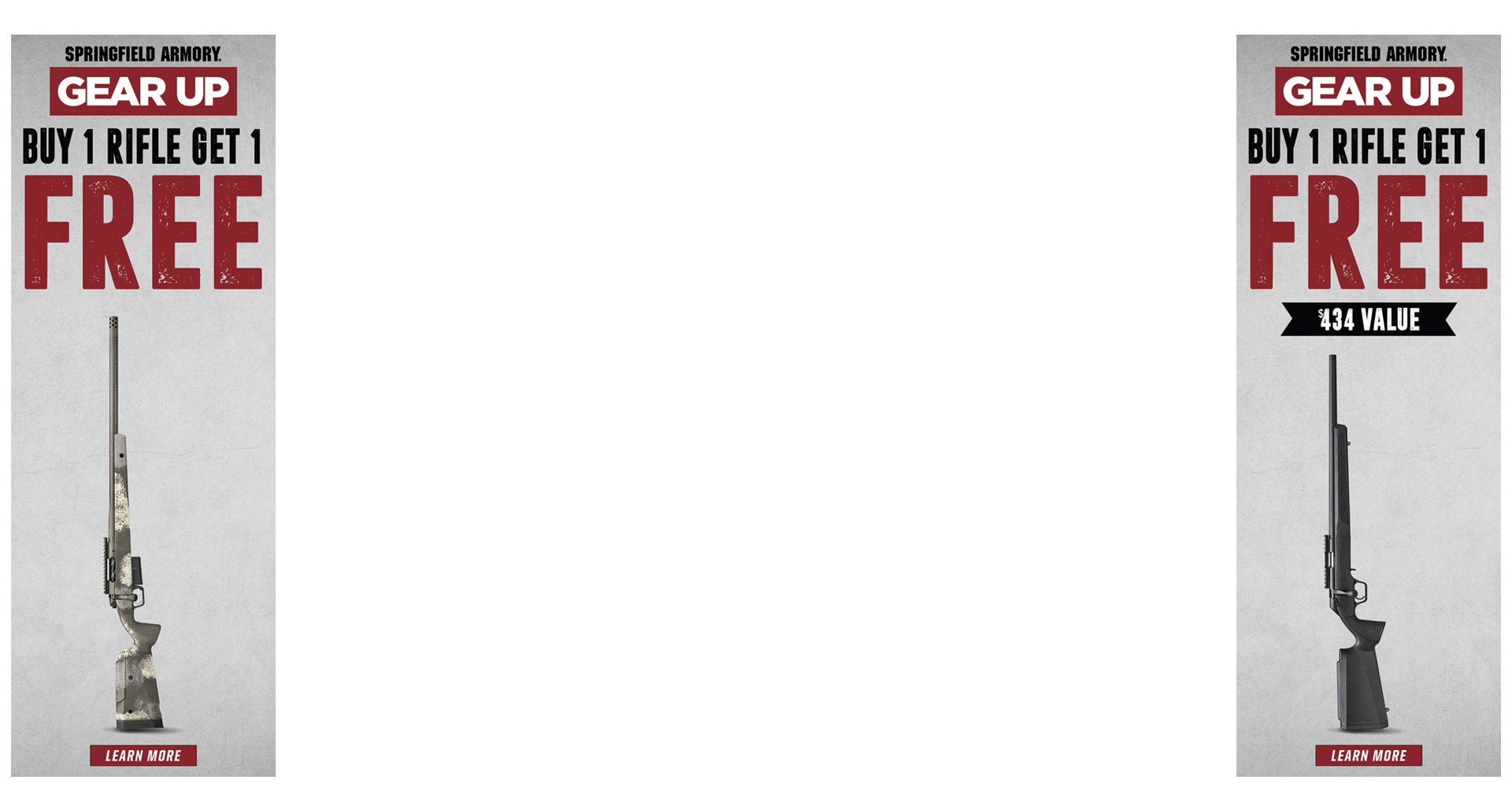Bryan Litz’ video was demonstrating how a rifle barrel moves (or perhaps contracts?) by a little bit before the bullet even exits the barrel.
Is the apparent barrel movement:
(1) An artifact due to gases exiting before the bullet
(2) Secondary to the barrel metal behaving in a fluid state during high impulse, with the muzzle contracting rearwards while the areas proximal to the breech and throat are expanding sideways?
I suspect the latter…
During high impulse events, solids may exhibit properties more akin to liquids.
For instance, a bullet cratering on impact resembles the propagation of a water droplet…
Last edited:







